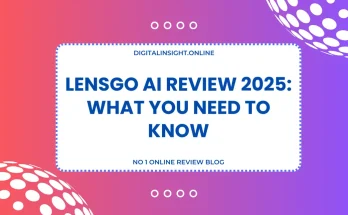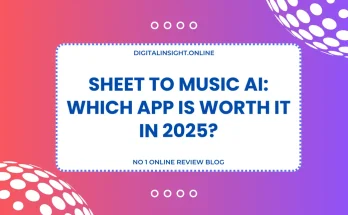Time signatures are the backbone of musical rhythm—they dictate the pulse and groove that make a track feel the way it does.
If you’re a producer trying to sync a live recording with a backing track, or a songwriter experimenting with unconventional rhythms.
Manually counting beats and figuring out whether a riff is in 4/4, 3/4, or an off-kilter 7/4 can be time-consuming and error-prone.
That’s where AI comes in. With automatic time signature detectors, you can effortlessly identify the rhythmic structure of any piece of music, leaving you more time to focus on creativity.
In this blog post, we’ll cover:
- What time signature detection is and why it matters.
- How AI and machine learning are revolutionizing musical analysis.
- The top AI time signature detectors in 2025.
- Tips and best practices for integrating these tools into your workflow.
Let’s dive right in.
What Is Time Signature Detection?
Time signature detection is the process of analyzing musical pieces to determine how beats are grouped.
The time signature not only informs musicians about the number of beats per measure but also influences the overall feel and groove of the track.
Traditionally, determining the time signature of a piece—especially if it shifts mid-song—required a trained ear and sometimes tedious manual counting.
How It Works
Modern AI time signature detectors use machine learning models to analyze the audio waveform or spectrogram of a track.
These algorithms are trained on extensive datasets—like the METER2800 dataset, which provides a rich source of labeled data for music time signature detection
By learning the patterns of rhythmic groupings, these tools can automatically identify whether a track is in 4/4, 3/4, 7/4, or any other time signature.
Key components of the process include:
- Beat Tracking: The AI identifies where the beats occur in the audio.
- Grouping Analysis: It then groups these beats into measures.
- Pattern Recognition: Using neural networks, the system determines the repeating pattern, ultimately outputting the time signature as a string (e.g., “4/4” or “3/4”).
This process is remarkably fast and accurate, often providing results in real time. With advancements in deep learning, accuracy has improved dramatically—even for complex and shifting rhythms.
Why AI for Time Signature Detection?
AI’s ability to process vast amounts of data at incredible speeds makes it ideal for the complex task of time signature detection. Here’s why AI-powered detectors are gaining traction in the music industry:
1. Efficiency and Accuracy
Manual time signature detection can be both time-consuming and prone to error. AI detectors, by contrast, can analyze a track in seconds with a high degree of accuracy, even when the music contains multiple time signature changes.
2. Enhanced Music Production
For producers and composers, knowing the precise time signature is crucial for aligning tracks, synchronizing loops, and arranging multi-instrument recordings. AI tools integrate seamlessly with DAWs and can even feed data directly into mixing and mastering software, streamlining the entire workflow.
3. Accessibility for Non-Experts
Not everyone has a formal background in music theory. AI time signature detectors democratize music production by enabling anyone—from hobbyist beatmakers to professional producers—to understand and experiment with complex rhythms without needing years of training.
4. Real-Time Analysis
Many modern tools, like the ones integrated into apps such as Song Master, offer real-time analysis. This means you can play a riff, and the detector instantly tells you the time signature, allowing for immediate feedback and creative experimentation
5. Data-Driven Creativity
AI systems can analyze hundreds of thousands of tracks to understand common patterns and trends. This insight not only improves detection algorithms but also informs producers about evolving rhythmic trends in different genres.
Top AI Time Signature Detectors in 2025
Here are the best AI time signature detectors that are shaping music production in 2025.
1. Cyanite API
Cyanite’s API is well-known for its robust audio analysis capabilities. With their recent API update, they have introduced a new time signature classifier that outputs time signatures as strings (e.g., “4/4” or “3/4”)
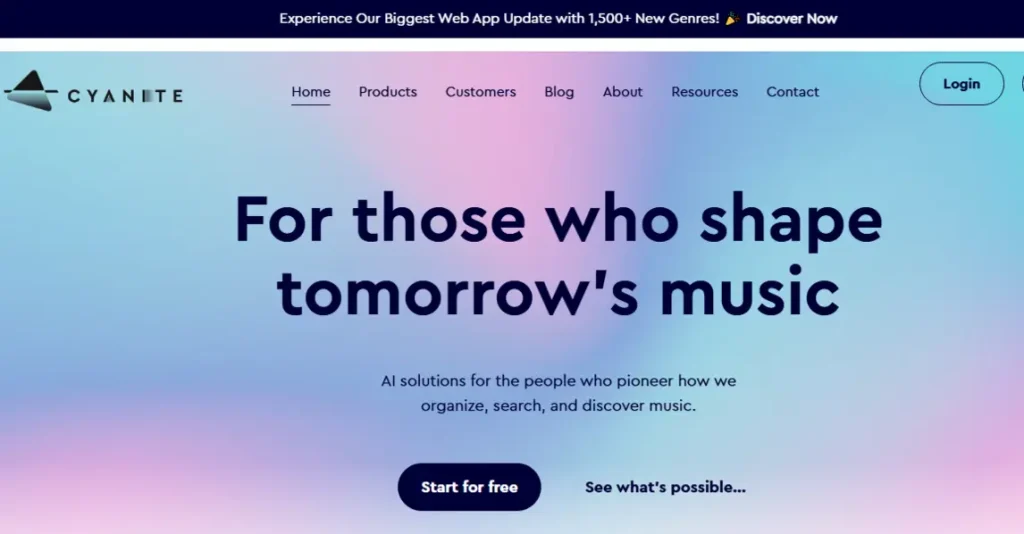
This tool is designed for developers and music tech companies who need to integrate precise musical analysis into their products.
Key Features:
- Advanced Instrument Classification: In addition to time signature detection, Cyanite now offers classifiers for synths, pianos, guitars, and more.
- Improved BPM and Key Detection: The integrated system ensures that all musical elements are accurately analyzed together.
- Scalability: Suitable for both individual developers and large-scale music streaming services.
Pros:
- High accuracy across various genres.
- Fast processing speeds.
- Extensive documentation and API support.
Cons:
- Primarily designed for integration rather than standalone use.
- Requires technical expertise to implement.
2. Song Master
Song Master is an application that uses advanced machine learning and deep learning algorithms to detect chords, beats, and crucially—the time signature.
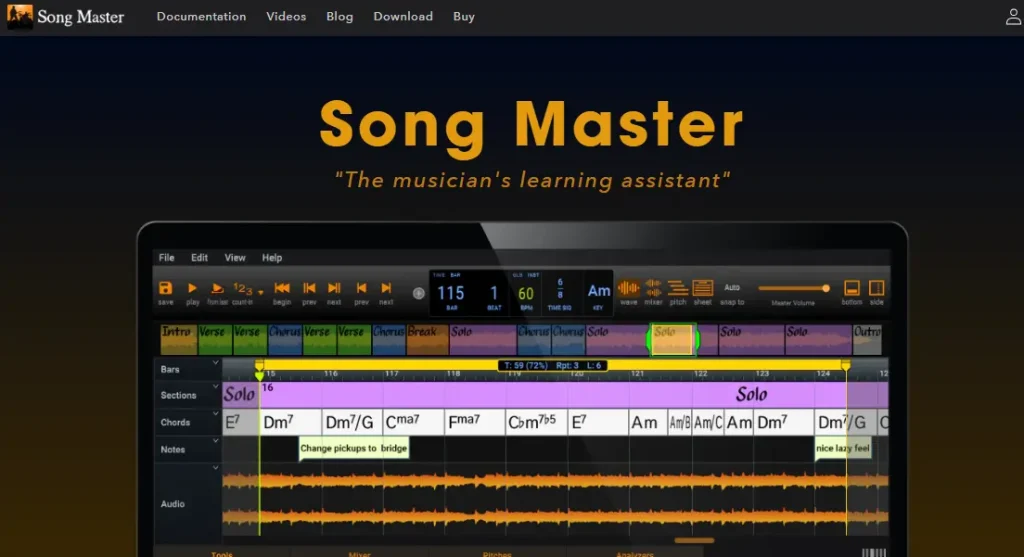
It’s designed with musicians in mind, offering a user-friendly interface that displays the time signature in real time, along with other musical elements.
Key Features:
- Real-Time Analysis: Instantly shows the time signature as you play or record a track.
- Comprehensive Music Breakdown: In addition to time signatures, it detects chords, BPM, key, and sections.
- Local Processing: All processing is done on your computer, ensuring data privacy and speed.
Pros:
- Ideal for live performances and recording sessions.
- Intuitive interface tailored for musicians.
- No need for an internet connection during analysis.
Cons:
- May require a powerful computer for real-time processing.
- Best suited for detailed musical analysis, which might be overkill for casual users.
3. Moises
Moises is another standout app that uses AI for a variety of music analysis tasks, including time signature detection.
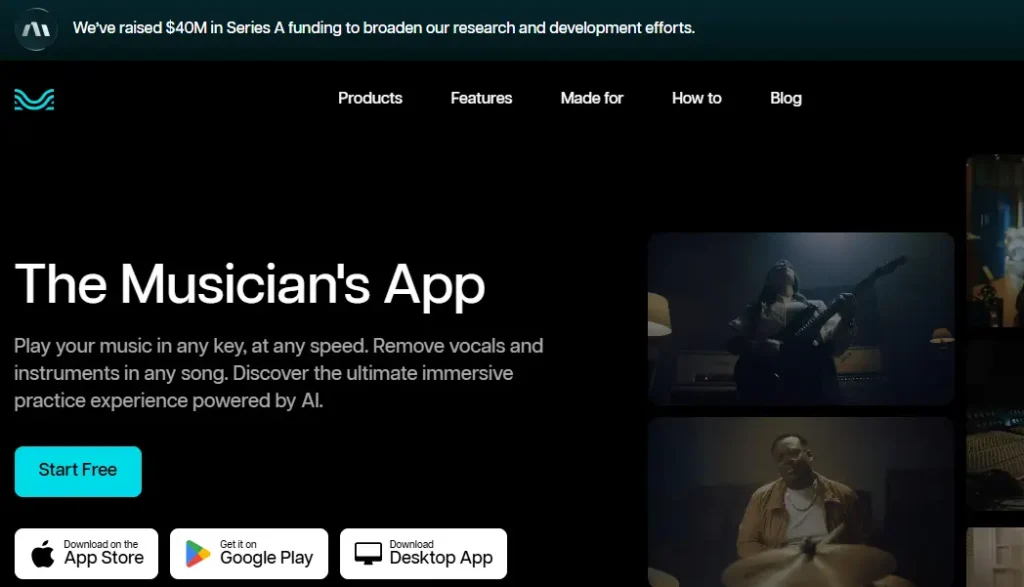
With features like BPM finder, key detector, and chord recognition, Moises offers an all-in-one solution for music producers
Its intuitive design makes it easy to isolate time signature information along with other essential musical data.
Key Features:
- Multifunctional Analysis: Detects time signature, key, BPM, and chord progressions.
- User-Friendly Interface: Designed for both professionals and beginners.
- Collaboration Features: Allows for easy sharing of analysis results among band members and collaborators.
Pros:
- Comprehensive suite of music analysis tools.
- High accuracy and speed.
- Cloud-based processing with offline capabilities for advanced features.
Cons:
- Some advanced features require a subscription.
- The sheer number of features might overwhelm new users.
4. METER2800 Datasets
For developers and researchers, the foundation of any AI time signature detector is the quality of its training data.
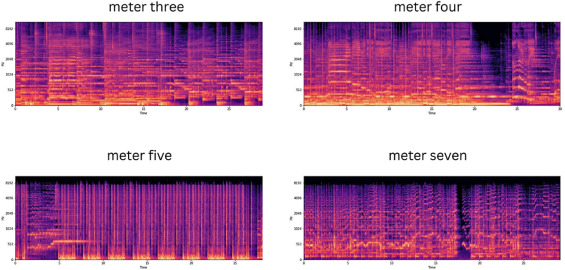
The METER2800 dataset has emerged as a benchmark in this field, providing a vast collection of labeled music data that helps refine AI algorithms for detecting time signatures
Key Features:
- Extensive Labeled Data: Includes a wide variety of genres and complex time signatures.
- Research-Grade Accuracy: Ideal for academic and development purposes.
- Open Access: Facilitates collaboration and innovation in AI music analysis.
Pros:
- Robust training data leads to high detection accuracy.
- Supports the development of more generalized AI models.
- Widely cited in academic research, ensuring credibility.
Cons:
- More suited for research and development than for end-user applications.
- Requires technical expertise to implement in a commercial product.
How AI Time Signature Detection Enhances Music Production
Streamlined Workflow
By automating the detection of time signatures, AI tools eliminate the need for manual counting or guesswork. This saves time and reduces errors, allowing producers to focus on creative decisions rather than technical details.
Improved Synchronization
When recording live instruments or integrating multiple tracks, having an accurate time signature is essential for synchronization. AI detectors ensure that all elements of your production are aligned, resulting in tighter, more professional-sounding tracks.
Enhanced Creativity
For many producers, experimenting with unconventional time signatures is a way to inject uniqueness into their music. AI time signature detectors can quickly analyze and validate these experimental rhythms, encouraging creativity without the fear of misalignment.
Data-Driven Insights
Over time, AI systems collect vast amounts of data on rhythmic patterns and trends. Producers can leverage these insights to understand current musical trends, identify gaps in the market, and tailor their compositions to what listeners find engaging.
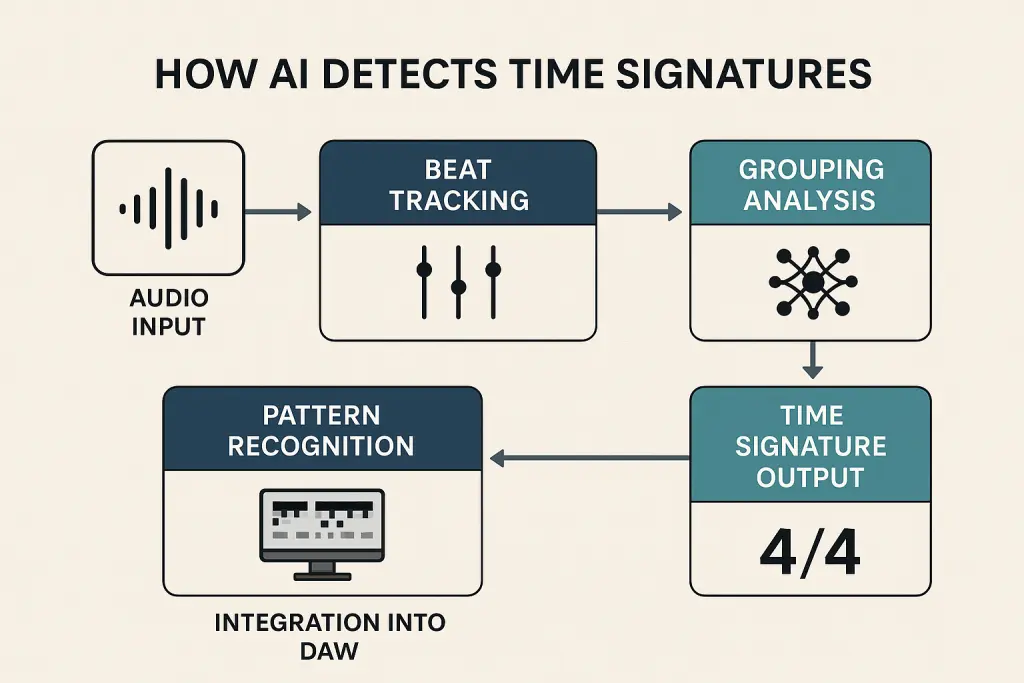
Best Practices for Using AI Time Signature Detectors
To get the most out of these innovative tools, consider the following best practices:
1. Combine AI with Human Judgment
While AI is incredibly powerful, it isn’t infallible. Use AI time signature detectors as a guide rather than an absolute authority. Always give your ear the final say—especially in complex pieces where creative nuances matter.
2. Integrate with Your DAW
Choose tools that integrate smoothly with your digital audio workstation (DAW). For example, apps like Song Master and Moises offer plugins and APIs that work seamlessly within your existing workflow.
This integration minimizes disruptions and keeps your creative process fluid.
3. Use Multiple Tools for Cross-Verification
If you’re working on a particularly intricate composition, consider using more than one AI detector. Cross-referencing the results from Cyanite API, Song Master, and Moises can help ensure that your time signature analysis is accurate.
4. Customize the Settings
Many AI tools offer customizable parameters such as sensitivity and processing speed. Experiment with these settings to fine-tune the detection process according to your specific needs.
Customization can make a significant difference when dealing with non-standard time signatures or live recordings.
5. Train Your Ear Simultaneously
While AI can do much of the heavy lifting, it’s still beneficial to train your ear. Use AI as a learning tool to understand how different rhythms are structured.
Over time, you’ll gain a better intuition for what the AI is detecting, which can enhance both your technical and creative skills.
Case Studies
To illustrate the practical benefits of AI time signature detectors, let’s look at a few real-world scenarios:
Live Recording Synchronization
A popular indie band struggled to synchronize their live recordings with pre-programmed backing tracks. The drummer’s tempo would subtly fluctuate, causing misalignment in the final mix.
By integrating Song Master into their recording sessions, the band was able to automatically detect and adjust for these fluctuations.
The result was a perfectly synchronized track that retained the natural feel of the live performance.
Experimental Music Composition
A producer known for creating off-beat, unconventional rhythms wanted to experiment with shifting time signatures in a single track.
Manually determining the exact moment of change was nearly impossible due to the complexity of the composition.
Using Moises, the producer could instantly analyze each segment of the track and precisely mark where the time signature changed—from 4/4 to 7/4 and back again.
This allowed for a smoother editing process and ultimately a more innovative final product.
Educational Tool for Music Students
In a university setting, students often struggle with the abstract concept of time signatures.
An instructor integrated an AI time signature detector into the curriculum, allowing students to upload recordings of their practice sessions.
The tool provided immediate feedback on the time signature, helping students understand the rhythmic structure of the music they were playing.
This hands-on approach not only improved their technical skills but also deepened their theoretical knowledge.
Conclusion
The evolution of AI time signature detectors marks an exciting frontier in music production.
These tools are not only streamlining workflows and enhancing creative potential but are also making complex musical analysis accessible to everyone—from professional producers to aspiring musicians.
In 2025, the best AI time signature detectors combine advanced machine learning with intuitive design, offering real-time, highly accurate analysis that empowers creators to focus on what they do best: making music.
By integrating these technologies into your workflow and staying informed about emerging trends, you’ll be well-positioned to ride the next wave of innovation in music production.
So, if you haven’t already, it’s time to embrace the power of AI. Let the rhythm guide you—after all, the future of music is all about precision, innovation, and, above all, creativity.
![Best AI Time Signature Detectors in 2025 [Ranked and Reviewed]](https://digitalinsight.online/wp-content/uploads/2025/04/Best-AI-Time-Signature-Detectors-in-2025-Ranked-and-Reviewed-735x400.webp)
